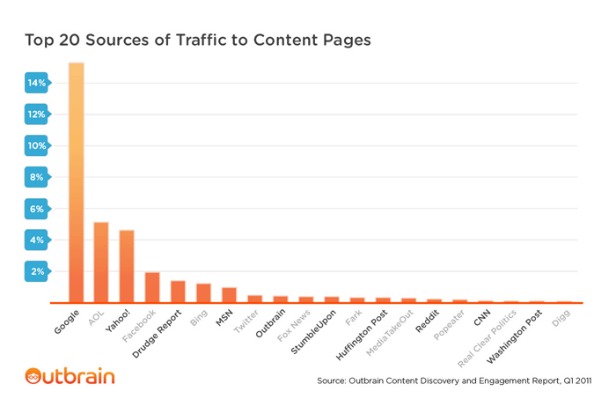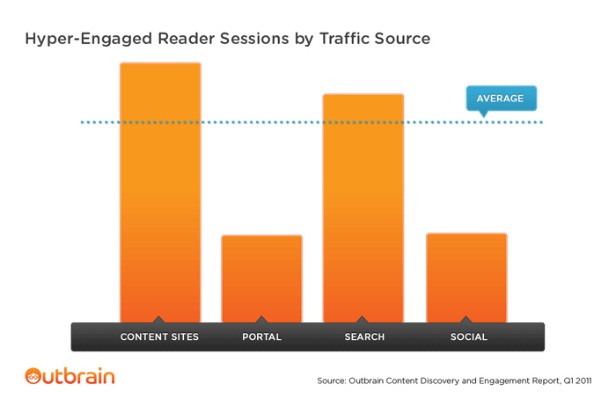It was a merger that started out nearly a year ago as a perfect idea and was even approved by the U.S. government. In the end, it turned into a perfect storm because of the ad industry upheaval caused by the coronavirus and subsequent business closures followed by massive unemployment and fewer clicks on ads. Ad prices then dropped dramatically which changed the value proposition for both Outbrain and Taboola.
The world’s two leading companies in the discovery & native advertising industry will remain fierce competitors in what still is a chaotic and unpredictable ad market.
“As part of the process we exchanged financial information with each other,” says Taboola Founder & CEO Adam Singolda in a blog post. “Based on the relative performance of the two companies, we decided the original deal does not make sense anymore. We could choose to pay the same price of 30% in equity + $250M, but our shareholders thought it’s too much for what we would get based on the relative contribution of the two companies. Nothing emotional, not about culture fit, just data.”
“Out of deep respect, we tried to do a deal that was equity only (but less equity), or equity and cash (but less cash) that matched Outbrain’s financial contribution to Taboola. We failed, and we called it off.”
Outbrain Co-Founder and CEO Yaron Galai expressed his own thoughts on the collapse of the merger:
“It is now public news that Outbrain’s planned merger with Taboola is heading to termination in the near future. This isn’t the outcome any of us anticipated for this process. We believed when entering this deal that there is great potential value to be had for our employees, our marketers and publisher partners, and our shareholders. However, this combination apparently was simply not meant to be. We worked hard to mix water and oil, but ultimately the companies proved to be too different to be mixed.”
“During a very stormy year for the Outbrain team, due to both the pandemic and the cloud of the merger, Outbrain’s character as the #1 most trusted partner for the world’s best publishers has shone through very brightly. We’re excited to continue innovating and building the best native advertising products for publishers and marketers as an independent company for many years to come.”





